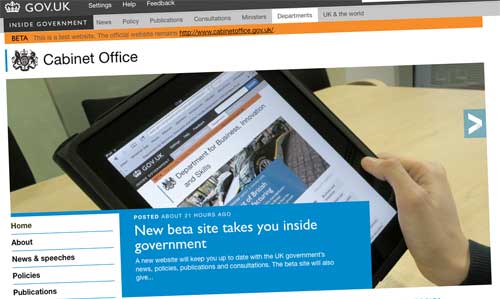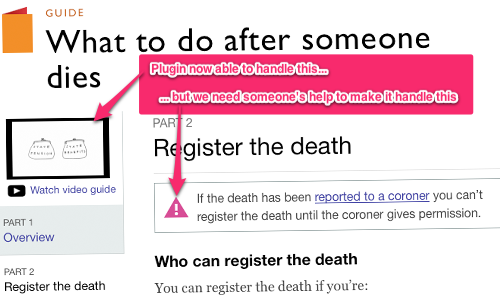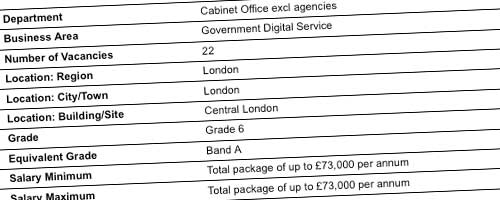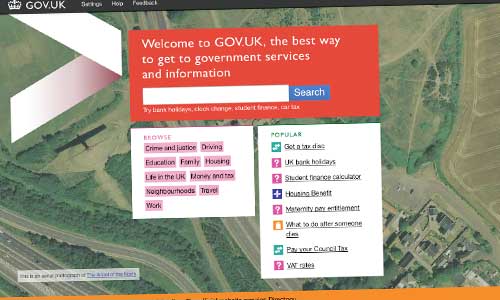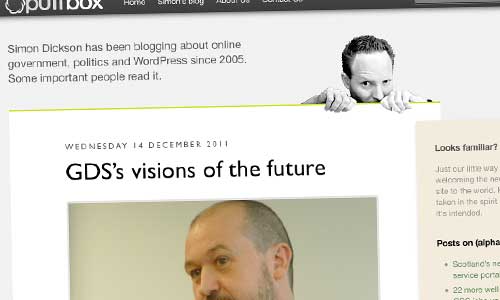
My attention has been drawn to the commitment on page 42 of yesterday’s Budget 2012 document.
from 2014, new online services will only go live if the responsible minister can demonstrate that they themselves can use the service successfully
It’s so simple, it’s brilliant. And quite funny too.
But don’t overlook the non-highlighted bit which follows. It’s a commitment, the first I’m explicitly aware of, that:
all information is [to be] published on a single ’gov.uk’ domain name by the end of 2012
In other words, the Single Domain will at least be ‘dual running’ with all departmental websites within 9 months. But it’s surely more likely, given that efficiency is a key selling point of the Single Domain strategy, that we’ll see all departmental websites closed by then. There was no deadline mentioned in the Martha Lane Fox report of November 2010, or in last October’s ICT Implementation Plan.
Update: blogging on the GDS’s WordPress.com-based site, Mike Bracken adds some clarification:
We’re working with colleagues across Government to get all information for citizens and businesses (what’s currently covered by Directgov and Businesslink) published on GOV.UK by the end of this year and this gives us the hurry up. We’re also working towards migrating Departmental sites onto ‘Inside Government’ but that will take a little longer, with a more gradual transition as current contracting arrangements for individual Departments come to an end.
